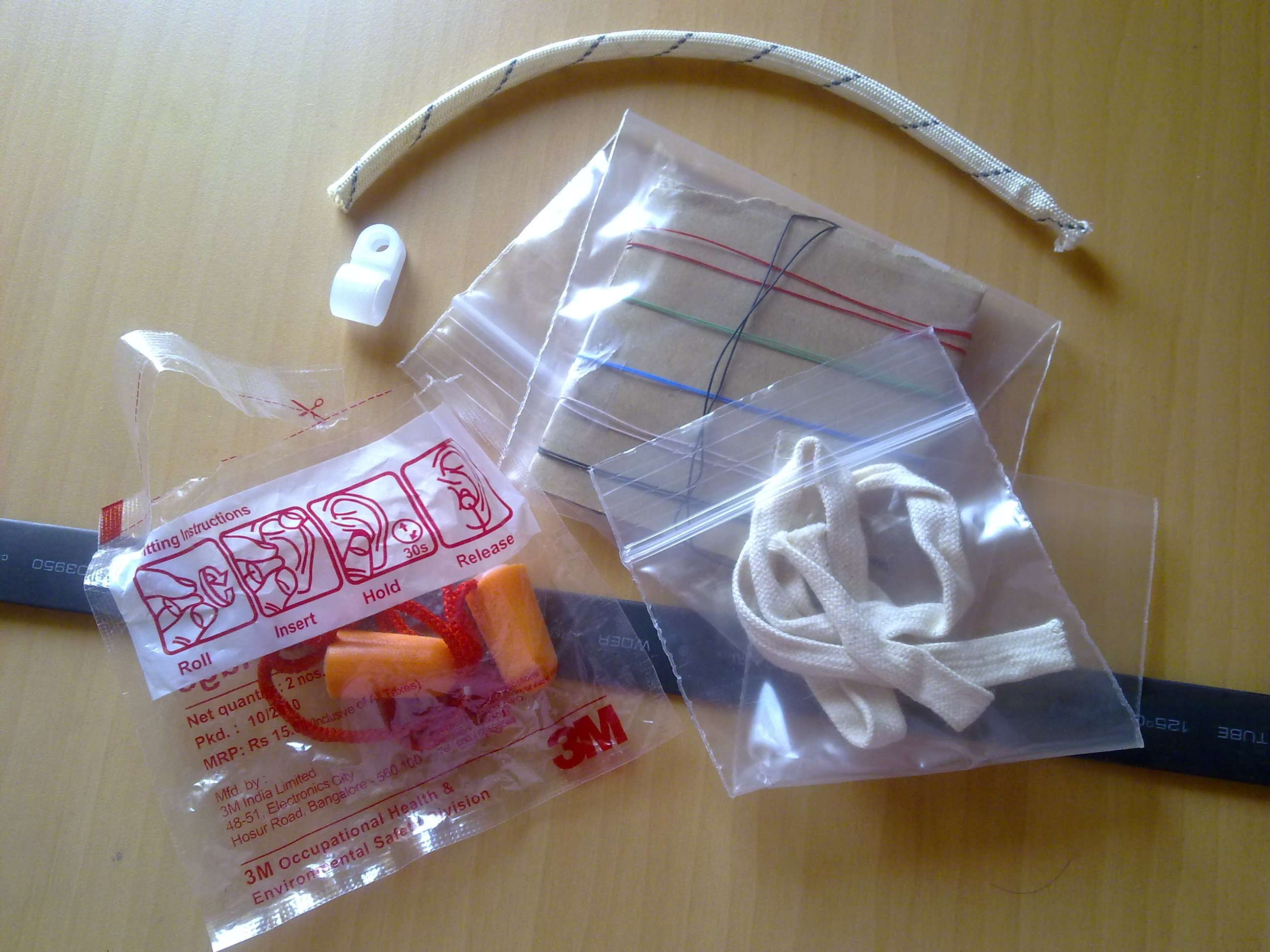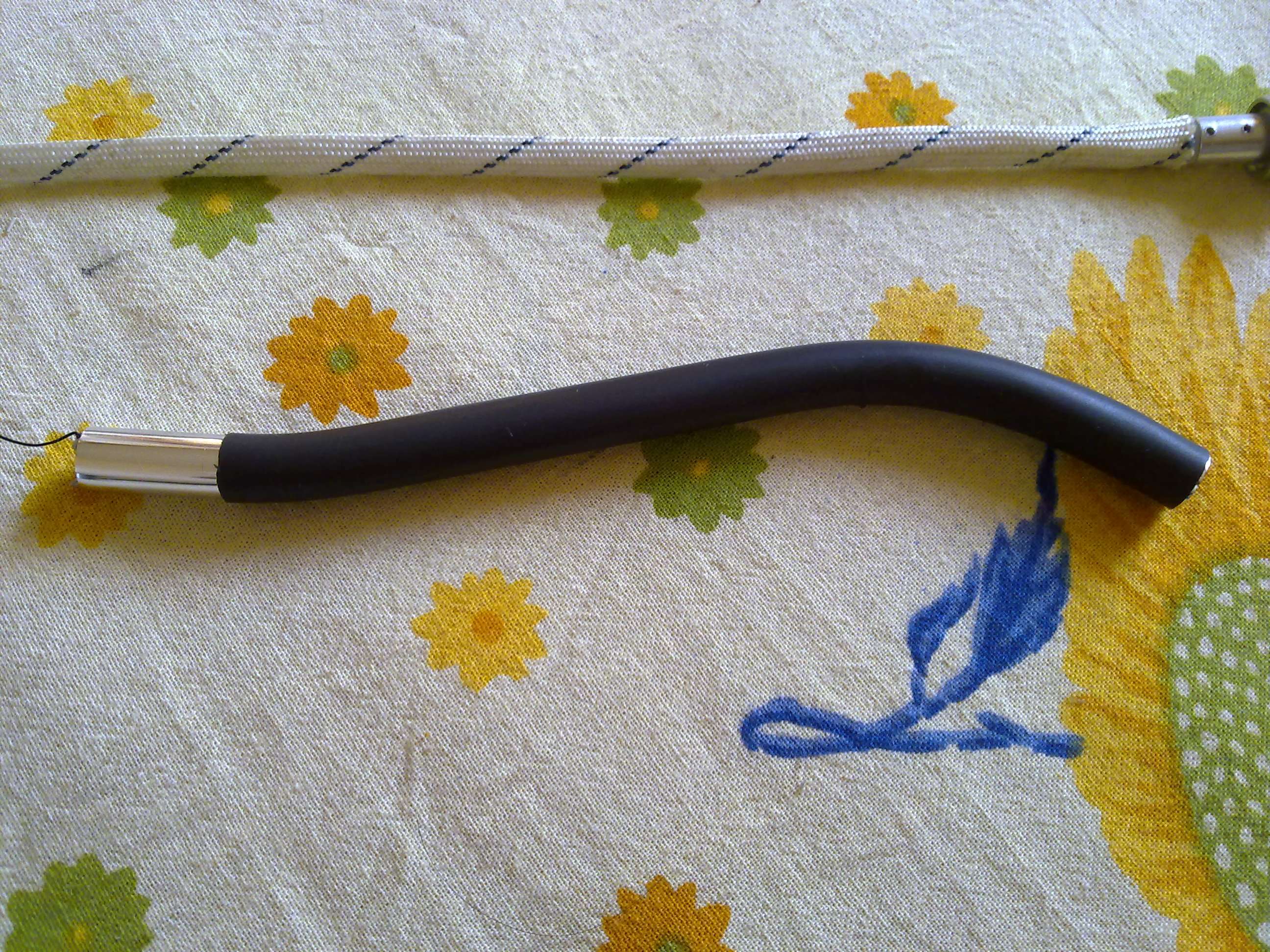perceptionist
New Member
This upgrade interests me and I had to sign up to ask a question. In the materials pic there is the cotton tubing in the baggie to the right of the ear plugs and then there is also a length of white tubing with blue spiral stripe sitting above everything.

It is shown where this blue stripe tubing is used here and in a couple other pics:

but it does not show or instruct where the other cotton tubing w/o stripe is utilized.
Am I missing something or is it an "either or" situation for both of these items?
Thanks!

It is shown where this blue stripe tubing is used here and in a couple other pics:

but it does not show or instruct where the other cotton tubing w/o stripe is utilized.
Am I missing something or is it an "either or" situation for both of these items?
Thanks!

